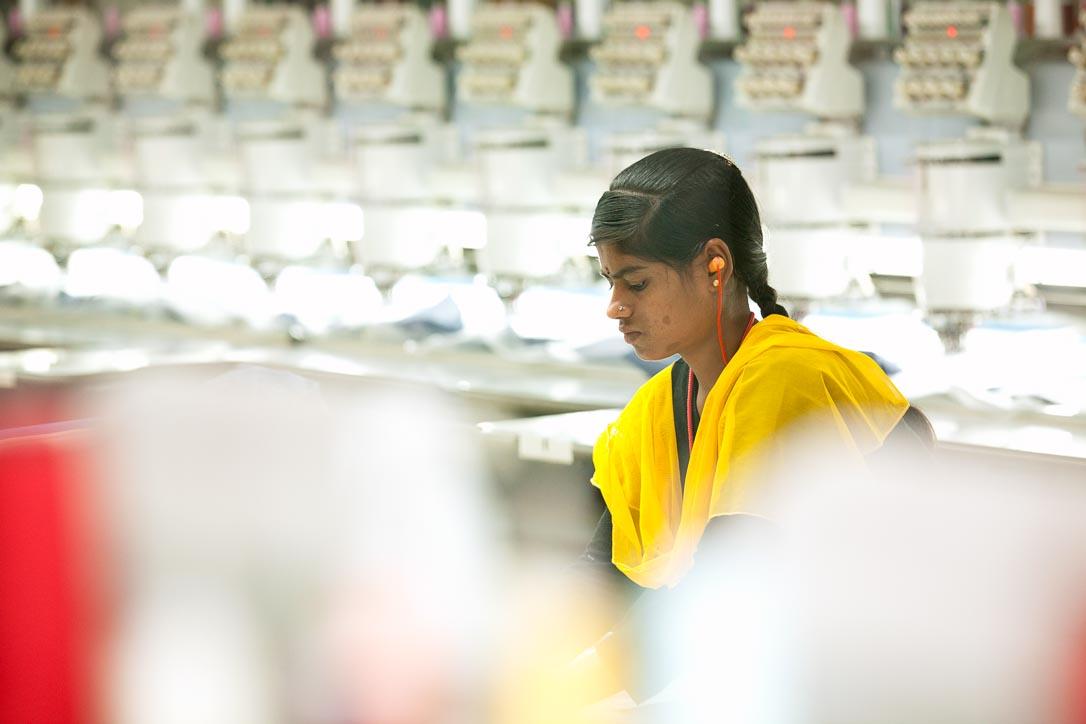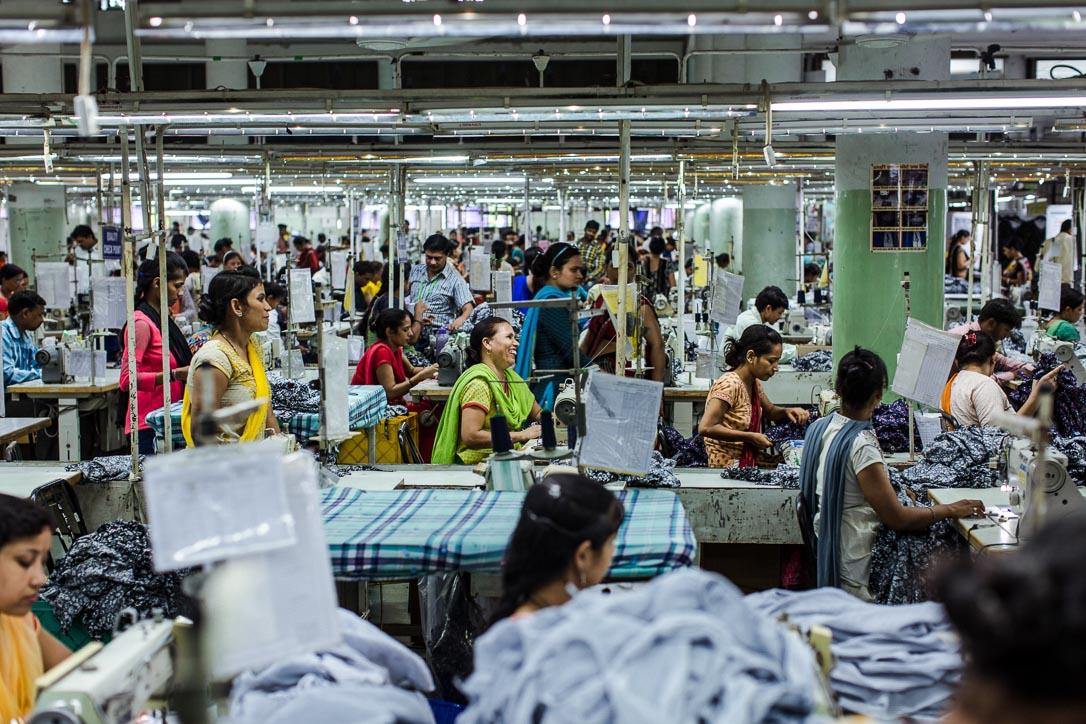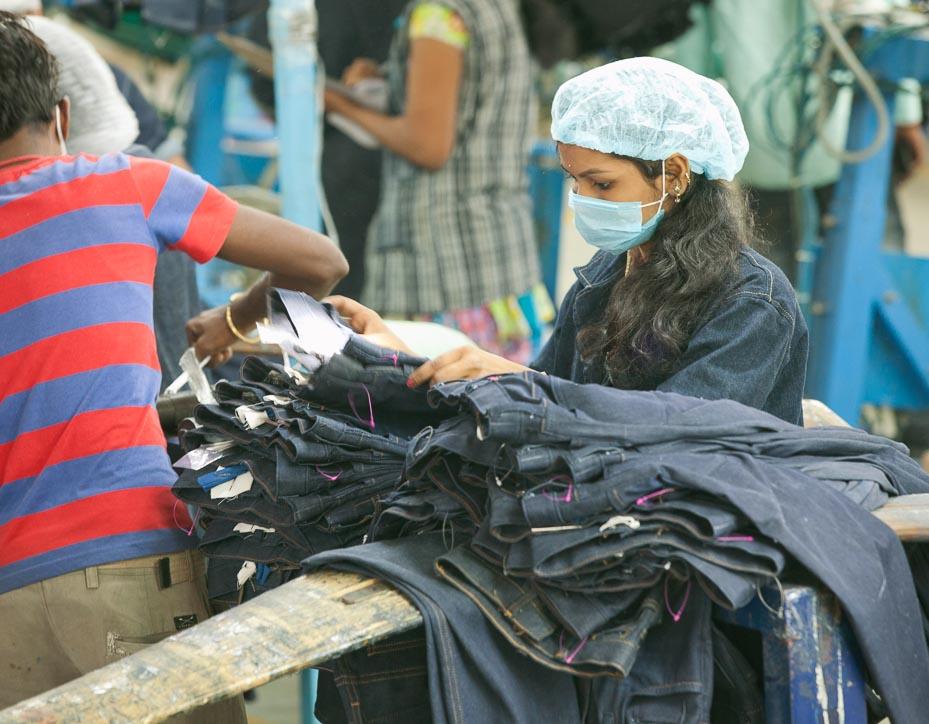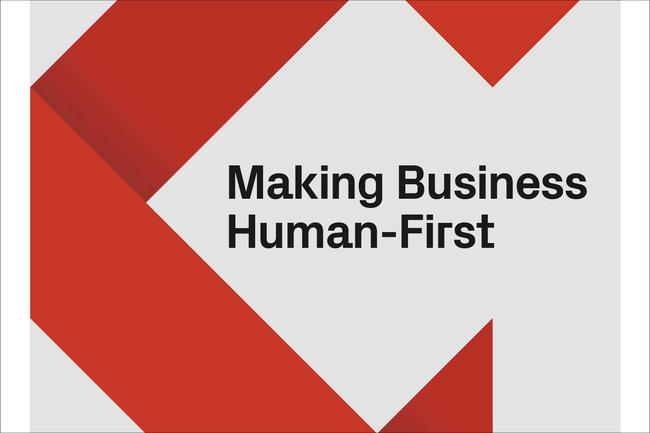
Conversation with Anant Ahuja from Shahi Exports on why better worker welfare is good for business
At the other end of our consumerist world of fast-fashion are the garment workers propping up this industry. And one big player is Shahi Exports. It manufactures clothing for around 40 of the best known high street brands globally, and is India’s largest garment export firm.
Family business Shahi has 56 factories across India and 100,000 employees, 70 per cent of whom are women and many are migrants. Much of its workforce comes from poor socio-economic backgrounds, with low education and literacy levels. So the challenges of managing such a huge workforce are immense.
In an industry plagued with exposés on sweatshop conditions, child labour and worker rights issues, Shahi is trying to carve a path as a leader in responsible business and fair working conditions.
So much so, it has invested in a world-class innovation lab to experiment and find worker welfare interventions that could be scaled across the entire garment industry.
Anant Ahuja has built Shahi’s organisational development team and heads up its corporate social responsibility. He is a passionate problem solver, genuinely excited by worker welfare and being part of a company like Shahi. We talk to him about all this, and why better welfare is good for business.
What drew you to Shahi when you first got involved?
I studied abroad in the U.S. and hadn’t considered what was right under my nose at home in Delhi: a business that was already pretty progressive in the modern Indian economy. Anyone who knows a little about the garment industry would realise this is an important industry for development and employment, it can really directly address a lot of key development issues.
To come back and discover this was very inspirational. And I just thought, let’s innovate, think about solutions, put as much attention on this as we do on production, and then see what happens. That’s what motivated me.

Photo credit: Karthik Shetty
It’s a very competitive and also controversial industry you work in – so responsible, ethical practices and innovations are more important than ever. How do you feel?
It’s easy to imagine the garment factory as your stereotypical sweat shop, with child labour. There have clearly been a lot of issues in the industry, so the stereotype stems from a real place. But when I was interviewing factory managers and production heads, the feeling was that Shahi’s weakness was its level of liability, because of the volume of employees. It took me a little while, but I realised this is actually our strength: we have a huge population and it is a captive audience.
If you’re an NGO or even a government organisation and you want to do P.A.C.E [Personal Advancement and Career Enhancement life skills training programme originally created by Gap Inc.] for 100,000 people, you have to mobilise those people but also try and retain them for its duration. At Shahi [which has already trained 25,000 workers in P.A.C.E], we have a labour force that comes to work every day and expects to get paid, but how we allocate their time is up to us. So in some ways, the development work we can do is way more powerful.
The Shahi philosophy on worker welfare is interesting. You believe better welfare is good for business and have been doing research with two U.S. academics to prove that correlation, launching the Good Business Lab so learnings can be scaled to other manufacturers.
No single intervention is going to solve all issues around worker welfare but this approach really excites me. The labour market here in India is broken – there are issues preventing a lot of potential growth and success, both for the population as well as firms. The same problems affecting companies are also affecting workers. And essentially it’s preventing both from advancing. Solving these problems is a win/win situation that is an important development tool but also a business tool. We realised that is really the space we want to work in.
It’s very hard for anyone to make the claim that their work programme is effective and doing what they want it to do because no one is making gold standard research one of their main goals. But by leveraging these professors’ skills, we are able to do this. It is about frontier assessment methods, crunching a bunch of numbers, and knowing for real if P.A.C.E is effective.
A happier worker, who feels valued and invested in, is surely always a more motivated and productive worker?
I think it’s a common belief but it is very difficult to prove why someone is happier. On the assembly line in our factories, each worker has a task, say attaching a collar or the sleeves. They are literally doing that all day, so we can check targets versus efficiency, and objectively measure.
That’s what’s so amazing with P.A.C.E. A programme with no technical aspect to it, that teaches female workers about communication, managing their time and so on, has seen them become 12 per cent more productive than workers who didn’t go through the programme. That’s a huge amount, and you scale that up across an organisation, it’s massive.
What are the challenges for manufacturers in communicating effectively across an organisation of Shahi’s size, with 80,000 factory workers speaking different languages, with different literacy levels?
It’s a new area we are starting to explore and really understand its importance. We have such a diverse group of employees. There are factories where more than eight or nine languages are spoken. It’s a real challenge to deal with.

Photo credit: Gaurav Karki
Our factories need to function like community centres. We have all these woman coming here, and lot of them are working for the first time. Many don’t leave their homes very often, and are kind of isolated. They are often away from their own family, living with in-laws, maybe feeling a little trapped. And if you can create this safe space for them, this escape, I think the next level to build on is this community centred spirit, where people care for each other. Make it a place where women can come to be safe, protected from a lot of things that the industry has a reputation for. But more than that – there is the opportunity for them to learn, develop and grow. Whatever they didn’t have as opportunities in their lives growing up, at least here at Shahi, to some extent, we can give them that perspective and experience.
Of your 100,000 employees, around 70,000 are women. What priorities do you have to consider with such a female centric workforce?
Research in India has shown that female labour force participation is going down. Ten years ago, it was around 35 per cent (which is already pretty low) and it’s now around 29 per cent. It has a lot of implications for the development of a country. How do you grow your economy if half the population is locked out of the workplace?
But the garment industry is socially acceptable for women to work in, and traditionally they’ve filled these jobs in high numbers. It’s not a high-skilled job so the barriers to entry are low, you can quickly learn. So this negative trend is reversed in our industry – we’re hiring more women and obviously the scale we are hiring at is huge.
I feel we are in a really unique position, with the power to do a lot, so providing employment is the first step but we obviously also want to offer high quality jobs and provide careers.

Photo credit: Karthik Shetty
Our factories have always been in cities, so workers would migrate from rural areas and it would be a lot for them to deal with. Now, the management strategy is really complementing a lot of what the Good Business Lab is doing. Instead of bringing the workers to our cities, we are going to bring the factories to our workers. If the barrier for women to join the workforce is that they not allowed, or not comfortable moving to cities or travelling far, we can now set up a factory walking distance to their village.
Manufacturers often lack a strong voice in global conversations around industry standards because they are so heavily dominated by Western brands. Can you envisage a better way for retailers and manufacturers to communicate and work together on factory standards in future?
Definitely. First of all, the auditing process is not effective: this whole idea of compliance, of buyers setting the rules for suppliers or you don’t get their business. I’m not saying it’s totally wrong as it can force people to rethink a lot of things, to be more considerate. But buyers need to be saying, okay let’s come to the factory, identify what we’re uncomfortable with, what we think doesn’t work, and how we can improve it. Rather than identify issues and if there are any, run away from them. How is that helping anyone?
I’ve noticed the best programmes may be initiated by a buyer but clearly come from a diverse group of stakeholders, including the supplier. If you look at P.A.C.E and how it’s developed, GAP came to us in 2006/7 with this idea of soft skills training for women, explaining why it thought it would be effective and help. But it wanted to work with us to do it. We felt that was cool, there were round table discussions, NGOs involved, and all kinds of people. There were committee meetings, intense debate, and at the end of the day, a training course that’s become a flagship programme in soft skills for women.
What innovations are you seeing or would like to see in the next five years to improve conditions and rights for workers?
First of all, I think the lab is proving that improving your work environment in certain ways can benefit you directly to your bottom line.
Some brands have been really progressive, saying, we need to move beyond compliance, we want to get past all these issues so we can work on bigger things. At Shahi, we’re proposing to set up an experimental factory, where we guarantee bookings for the next three years from a certain supplier, then essentially run this experiment where we pay people more, track productivity, track everything, and see what happens. What we are learning is that maybe the best way to improve worker welfare is to give them more money. They may be poor, but that doesn’t mean they’re stupid. They may have better ways to improve their life or at least customise. A worker may not need the medical healthcare we can provide; they may need it for school or elsewhere.
Obviously technology will help us monitor things better. But I almost feel like because the culture and relationship between supplier and buyer has been compliance based, that’s almost made us weaker in some ways. The buyer has basically conditioned us to believe, or to act as though we don’t care about our workers, as if we need the buyer to tell us to care about them. But can you imagine the kind of innovations from the people who are seeing the workers every day?
This interview is a part of a series in a larger publication, Tea & Water Perspectives: Making Business Human-First







